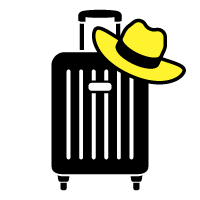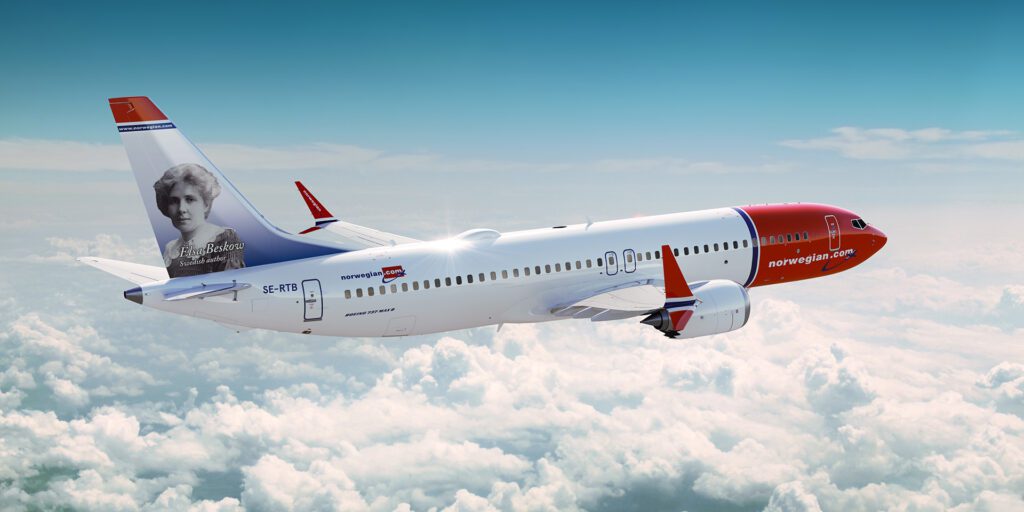Norwegian Air CEO Shares the Secret to Surviving Low-Season Lulls

Skift Take

Leaders of Travel: Skift C-Suite Series
What are the top trends impacting hotels, airlines, and online bookings? We speak to the executives shaping the future of travel.In the modern airline business, companies are usually divided by their "low-cost" or "legacy" models. The upstarts versus the old guard.
But is there room for a little Scandinavian pragmatism in the mix? Norwegian Air Shuttle seems to think so. “We’ve never tried to be a superior airline for the few, or a cheap airline for the many,” touts its marketing materials.
Whatever Norwegian is doing seems to be working. The airline emerged from the pandemic with a stripped-back route network and restructured finances.
Long gone are its long-haul flights, which once stretched as far afield as Argentina and Brazil. These days it’s more about Copenhagen than Copacabana.
Even in its slimmed-down form, Norwegian has bounced back to become Scandinavia’s second-largest airline (behind only SAS) and the dominant player in its native Norway. It boasts a robust network criss-crossing the Nordics, complemented by links to major business capitals and leisure-oriented routes to southern Europe.
Illustrating the scale of Norwegian's gravity-defying turnaround, last year it snapped up Widerøe - the country's largest regional carrier - as part of a $105 million deal.
The Skift C-Suite Series
In the latest of our Leaders of Travel: Skift C-Suite Series, we sit down with Norwegian CEO Geir Karlsen. He’s led the Oslo-based carrier since June 2021 and previously held the role of CFO at the airline.
We hear his predictions for the all-important summer season and find out how Norwegian is differentiating itself from big-name rivals.
Skift: Summer is traditionally Norwegian’s most important season. How is it shaping up this year?
Geir Karlsen: This summer is looking good. We’re selling tickets now for a 10-15% higher yield than we were at the same time last year and load factors [the number of seats sold on a flight] are also on par. It seems like the booking curve has normalized a little. People are booking a bit earlier so we’re getting greater visibility.
How concerned are you about the current demand levels softening?
It’s a good question, but a difficult one. As of today, we don’t see a softening based on the visibility that we have. For us, the focus is executing our plan. We are more concerned about the potential for delays in the delivery of the Boeing 737s. We had delays last year, we have them this year and we will have delays next year as well. Other than that, the market is pretty hot.
Do you have the ability to hold onto your older Boeing planes for longer to mitigate any delivery delays?
Yes, we do. That’s what we did last year and we’ll extend a few more this year as well.

How do you differentiate Norwegian from direct and indirect competitors?
Our main competitor by far is SAS [Scandinavian Airlines]. They have their product and we have ours, which is somewhere between the low-cost and legacy model. We have gathered the experience to learn that the markets we are flying in are willing to pay a little bit more for what we believe is a better product.
Does this hybrid approach win you more business travelers?
We are taking market share on the corporate side. We’ve been doing this for quite a while but we’re now spending more time on the segment. One of the main reasons is that these business passengers are traveling all 12 months of the year, which helps to ease out some of the seasonal fluctuations.
Extreme seasonality has been a huge issue for airlines in the region. What are you doing to help counter this?
We’ve made good agreements with all the unions - and there are quite a few of them in Norway. This has made it possible for the company to take out capacity in the low season. We have part of the crew that is only flying in the summer - these are more like six-month, seasonal contracts. I like to think of it as a menu where you can decide if you have an 80% position or a 70% position and so on. Using this system we have managed to get through the seasons - it is working for us.
Are you seeing fewer tourists visiting from Asia due to the closure of Russian airspace?
Maybe to some extent, but we are also seeing more Europeans traveling up to the north. This is especially the case in winter to see the Northern Lights and other attractions. We have been slightly surprised - in a positive way - by how popular this segment has been.
You took over regional airline Widerøe in January. What happens now?
We are going to keep Widerøe as a separate airline with a separate management team, but we are going to take up the synergies between the two companies. The biggest one is obviously on the network side where we are going to align the two networks in a better way. That will take a little bit of time. For example, we both have the summer [2024] season on sale, so this will be a 2025 effect.
Does it worry you that there’s no obvious replacement for Widerøe’s turboprop fleet?
Yes and no. We know that there is no alternative today to fly this network. We have spent many hours in the hangar to get comfortable with the life extension programs that the aircraft are currently in the middle of. We believe that we can fly them for at least 7-10 more years. Then we will see what happens and what alternatives are coming.
Read more from our new Leaders of Travel: Skift C-Suite Series here.
Airlines Sector Stock Index Performance Year-to-Date
What am I looking at? The performance of airline sector stocks within the ST200. The index includes companies publicly traded across global markets including network carriers, low-cost carriers, and other related companies.
The Skift Travel 200 (ST200) combines the financial performance of nearly 200 travel companies worth more than a trillion dollars into a single number. See more airlines sector financial performance.





